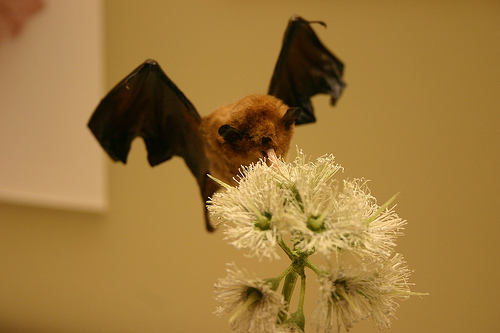One day in the future, instead of creating machines to work for us, we’ll tinker with living creatures until they do exactly what we want. This is already happening on a small scale; scientists are using synthetic biology techniques to program algae that produce biofuels more efficiently. And now, they’re dreaming of the day when we can use glowing trees instead of streetlights.
Wild, right? If you’re into the idea of using genetics to turn nature to human service, you can get in on the ground floor by funding the researchers who fantasize about glowing trees. They’ve already made smaller plants that glow, and for $40, you can get some of the seeds. For a little more, they’ll grow the thing for you. They’ve raised more than $245,000 so far, and if they get to $400,000 they won’t just grow boring old Arabidopsis plants, but also glowing roses.
FastCoExist has more about the technical workings of this research, but here’s the part we’re interested in — the measures that these researchers are taking to ensure that they don’t accidentally make all the plants in the world glow:
Arabidopsis was chosen for a number of reasons: it’s not native to the U.S., so there is little risk of cross-pollination; it doesn’t survive well in the wild (again, reducing risk of cross-pollination), it self-pollinates, and up until recently, it was thought to have the shortest genome of any plant. That means the protocols for Arabidopsis plant transformation work are well-established. Roses (the stretch goal plant) have also been studied extensively, and they carry little risk of cross-pollination, according to Evans.
But if we learned anything from Jurassic Park 3D, it’s that nature finds a way. (And that velociraptors will eat you.)




